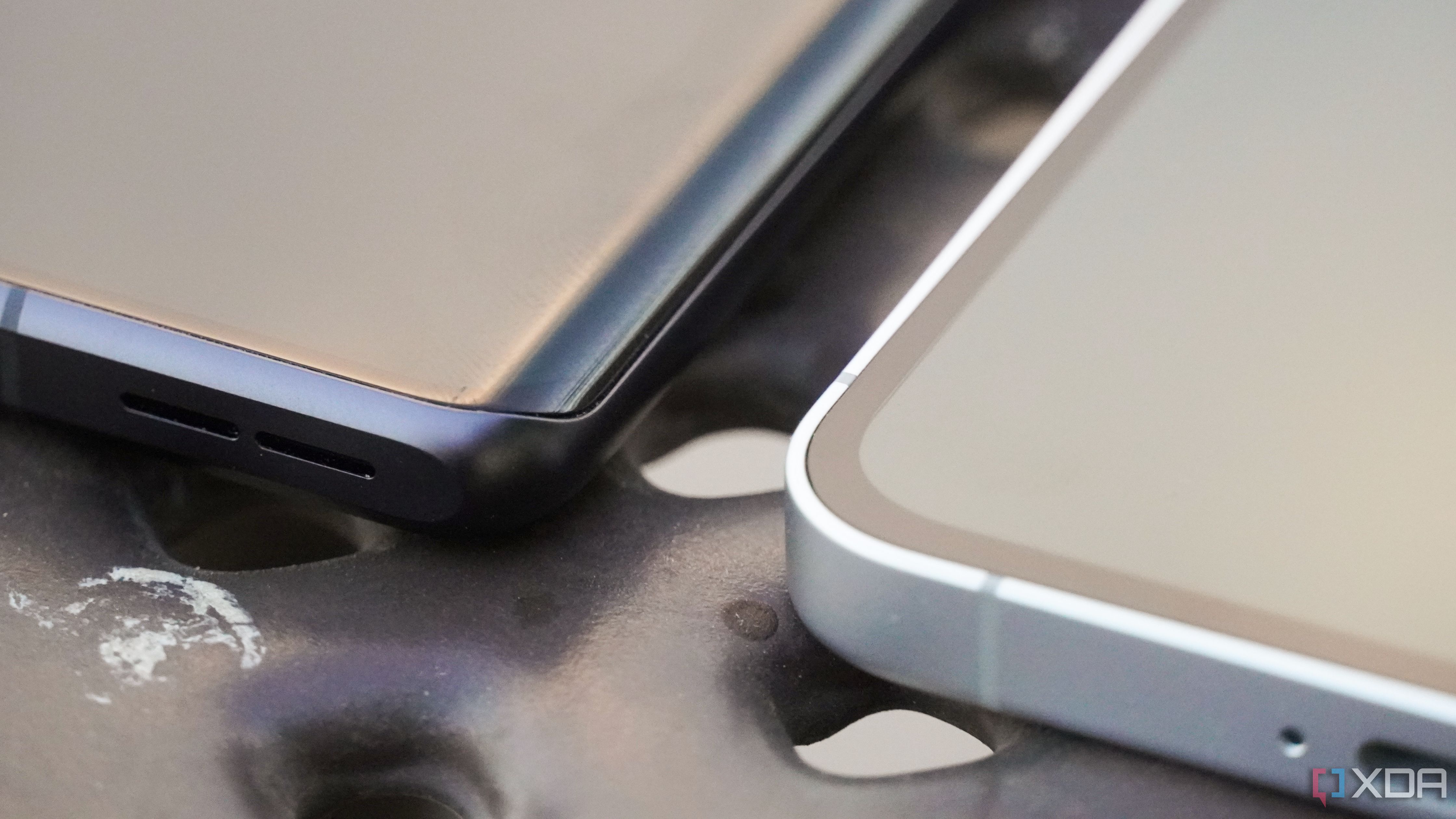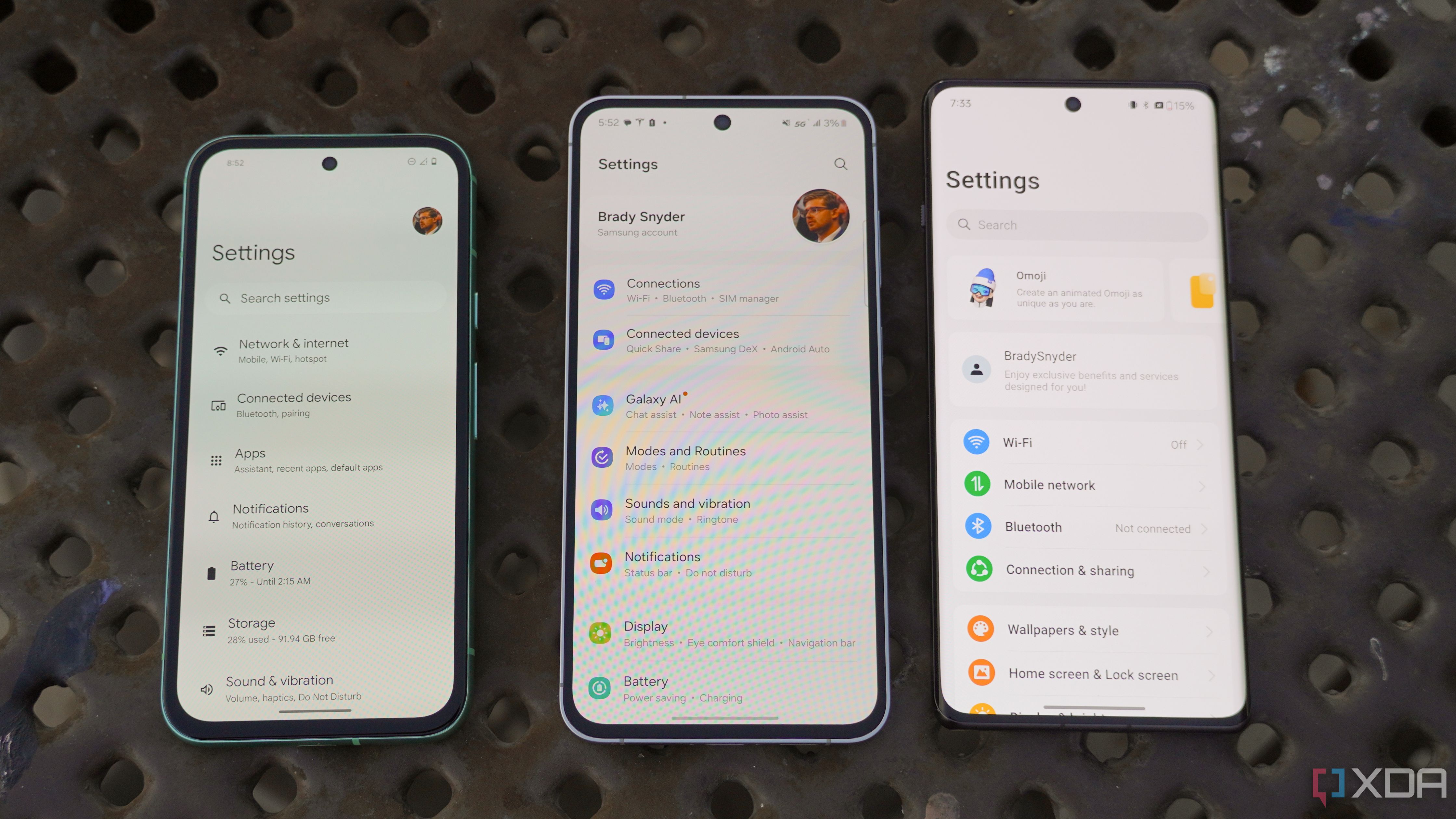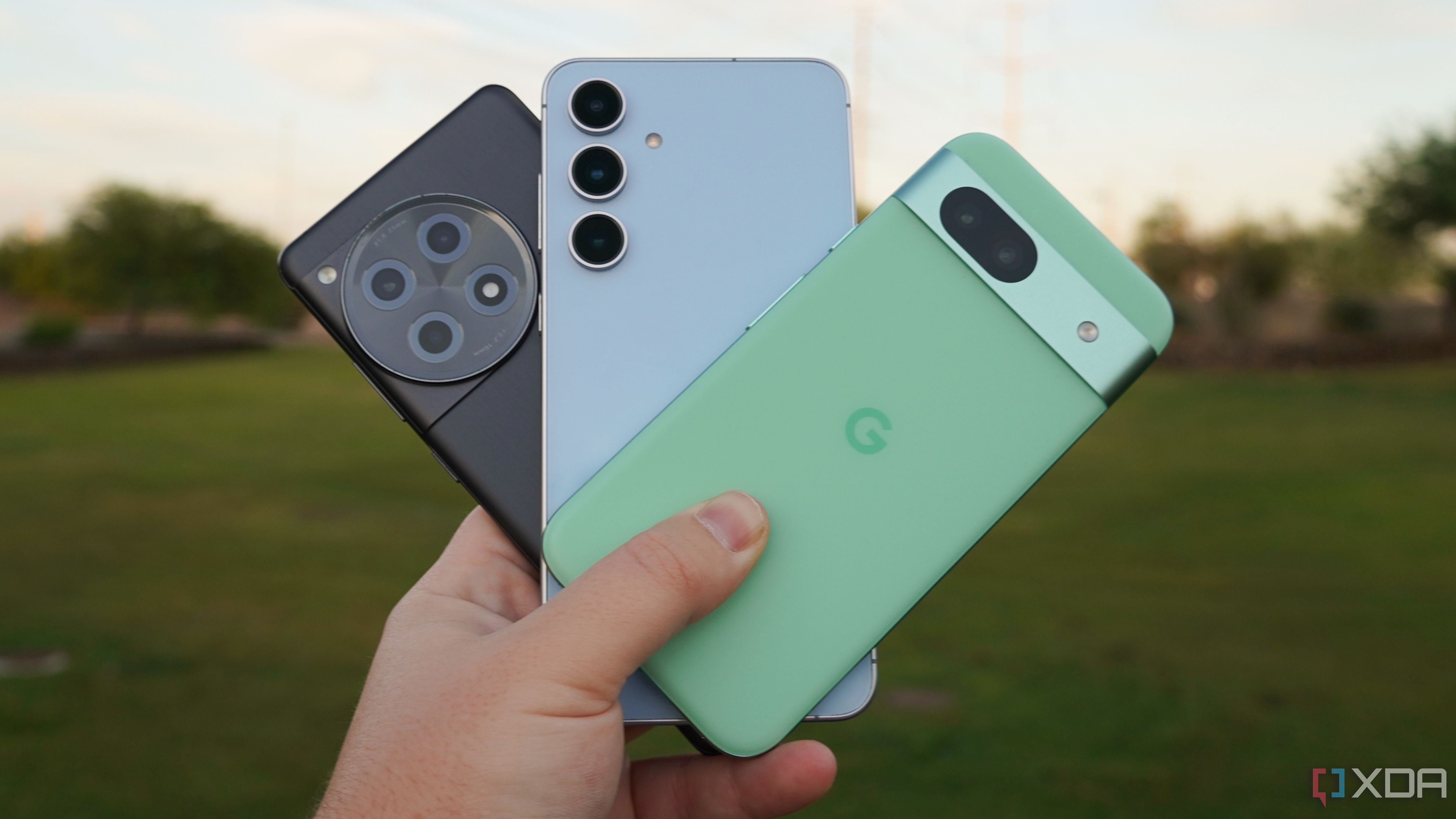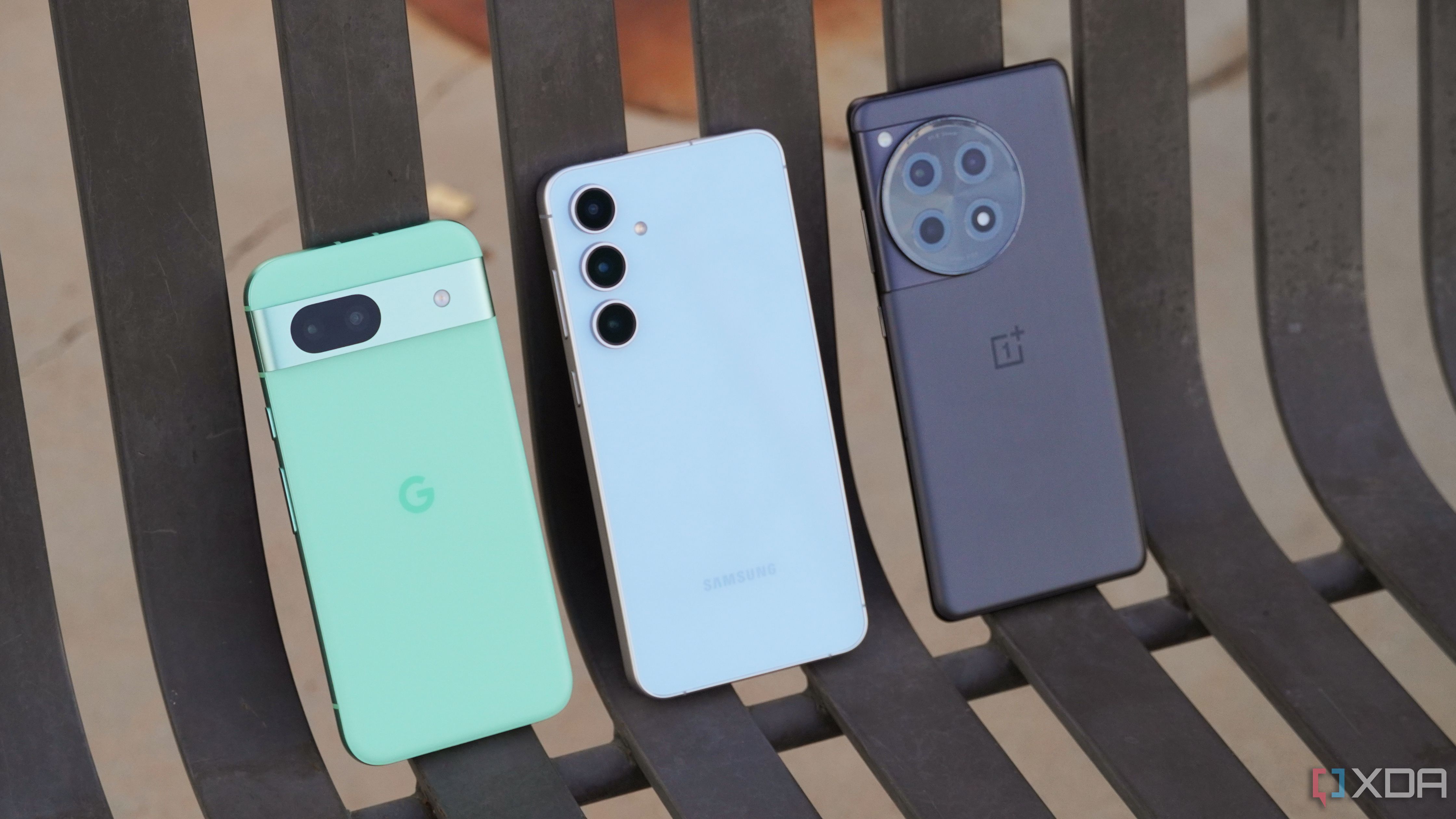It’s easy to get caught up in the hype around flagship phones, but it’s the midrange models that seem to impress me the most. I test everything from $1,900 foldables to $200 budget smartphones, but I think the best value phones are the ones from Samsung, Google, and OnePlus that cost between $500 and $700. You can get surprisingly close to a flagship experience while paying only half of the flagship prices.
Now that the Samsung Galaxy S24 FE arrived this month, we have the midrange version of all the top flagships from Samsung, Google, and OnePlus. I’ve been using the Galaxy S24 FE, Google Pixel 8a, and OnePlus 12R side-by-side for a week, and I’m ready to tell you precisely which one I’d buy.
-
Samsung Galaxy S24 FE
The Samsung Galaxy S24 FE is the midrange version of the Galaxy S24, but it’s the same size as the 6.7-inch Galaxy S24 Plus. You get an AMOLED display and an Exynos 2400e system-on-a-chip, plus a fit and finish that closely resembles newer Samsung devices. However, it’s more expensive than competitive midrangers from OnePlus and Google.
Pros- Exynos 2400e chipset feels snappy in daily use
- Galaxy S24 FE easily feels like the most premium phone tested here
- Packed full of AI features
Cons- Form factor doesn’t feel great in the hand – it’s wide and bulky
- $150 more expensive than Pixel 8a and OnePlus 12R
- Asymmetrical display bezels are a bit jarring to view
-
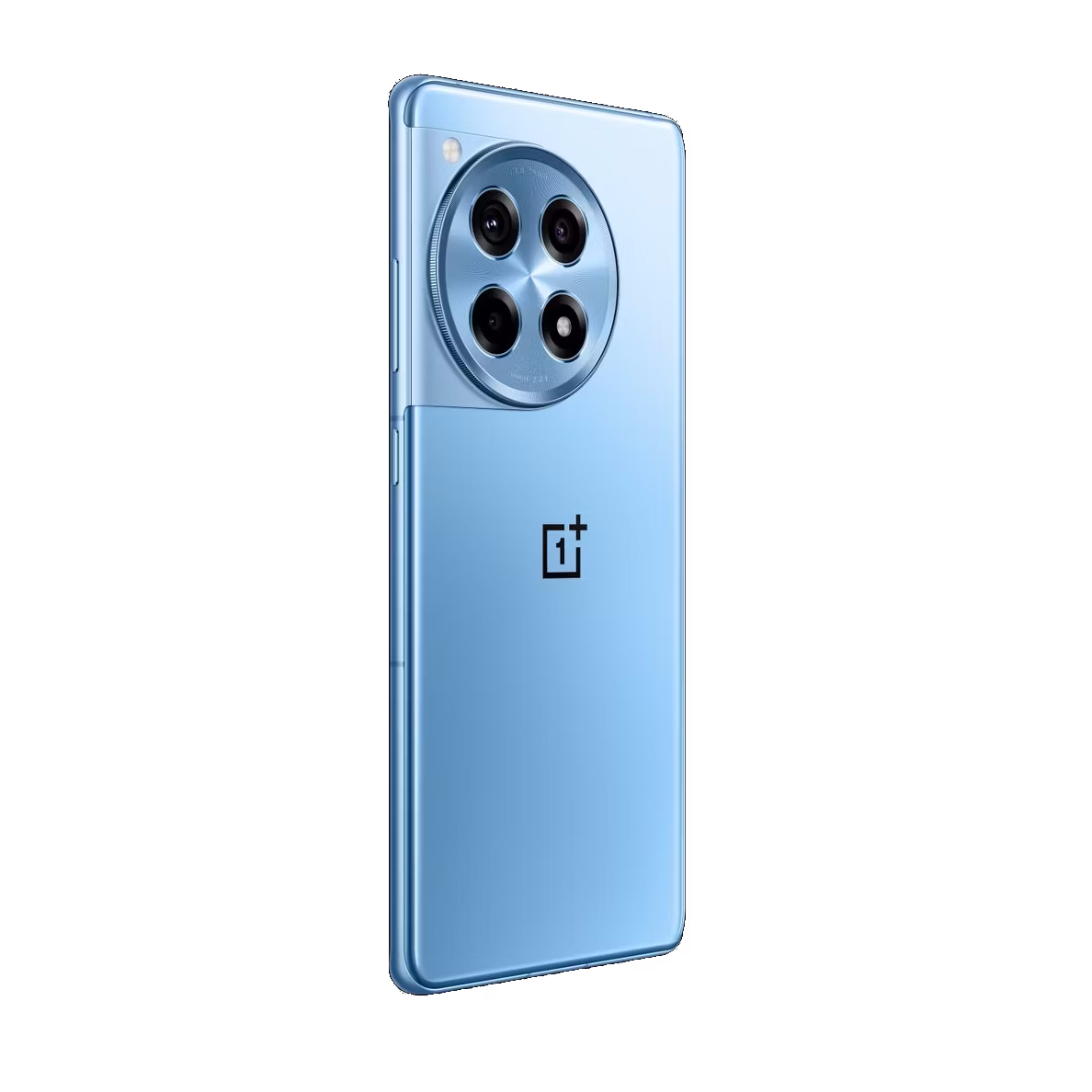
OnePlus 12R
The OnePlus 12R easily offers the best specs of the bunch, with a year-old (but still flagship) Qualcomm Snapdragon system-on-a-chip. It also has a bright display and a capable camera system. However, the design, and specifically the curved display edges, are starting to feel quite dated in 2024.
Pros- Snapdragon 8 Gen 2 processor is the best of the bunch tested here
- Camera and display are excellent
- It has a large display, but feels better in the hand than the Galaxy S24 FE
Cons- Curved display is annoying and dated these days
- Features a year-old SoC (though it’s still snappy)
- Some might not love OxygenOS 14
-
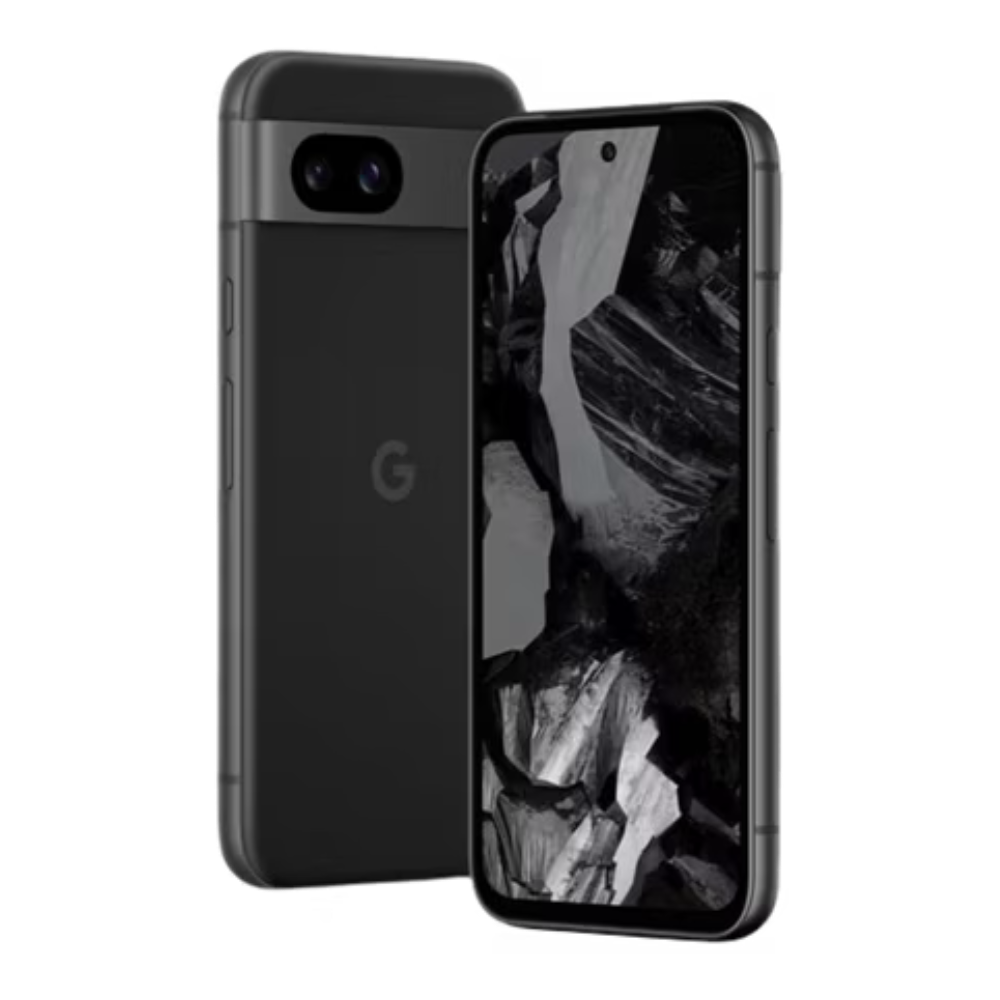
Google Pixel 8a
The Google Pixel 8a is the midranger for small phone lovers. It packs a 6.1-inch OLED display and a compact form factor, with curved aluminum rails and a plastic back for a lightweight in-hand feel. Plus, the Pixel 8a has many of the same software features as the more-expensive phones in the Pixel 8 series.
Pros- Camera is best-in-class at this price point
- Software features are excellent, and you get 7 years of OS upgrades
- In-hand feel is unmatched
Cons- Limited storage option
- Tensor G3 chipset is middling
- Main camera is the exact same as the Pixel 7a
Pricing, specs, and availability
Of the three phones in this comparison, the OnePlus 12R is the oldest, debuting in February 2024. The phone’s official retail price is $500, but you can find it under $400 at times with deals and promotions. You can get it in either 128GB or 256GB configurations, and it comes in Cool Blue and Iron Gray colorways. It’s available from OnePlus and major retailers, but it isn’t available from any U.S. carrier directly.
Next up was the Google Pixel 8a, which released in May 2024. It’s available for the same $500 base price, and you can get it in 128GB or 256GB variants. Google offers a ton of color options for the Pixel 8a: Aloe, Bay, Obsidian, and Porcelain. However, the 256GB model is only available if you choose the black (Obsidian) colorway. You can get the Pixel 8a from Google, the major retailers, and most cellular carriers.
The newest of the bunch is the Samsung Galaxy S24 FE, and this midranger just launched this month. It’s also the most expensive phone in this comparison, starting at $650. You can get the Galaxy S24 FE in either 128GB or 256GB storage configurations, and in Blue, Graphite, Gray, Mint, or Yellow colors. You can find this phone at Samsung’s online store, retailers like Best Buy and Amazon, and the major cellular carriers.
-
Samsung Galaxy S24 FE OnePlus 12R Google Pixel 8a SoC Samsung Exynos 2400e Snapdragon 8 Gen 2 Google Tensor G3 Display 6.7-inch FHD+ AMOLED, 120Hz refresh rate 6.78″ FHD+ OLED 6.1-inch OLED (1080×2400), 120Hz OLED, 2000 nits peak RAM 8GB 8/16GB 8GB LPDDR5x Storage 128GB, 256GB 128GB or 256GB 128GB/256GB UFS 3.1 Battery 4,700mAh 5500mAh 4,492 mAh Ports USB-C USB-C USB-C port Dimensions 6.38 x 3.04 x 0.31 inches (162 x 77.3 x 8 mm) 6.42x 2.96×0.34 in (163.3 x 75.3 x 8.8 mm) 5.98 x 2.86 x 0.35in(152.1mm x 72.7mm x 8.9mm) Weight 7.51 ounces (213g) 7.30 ounces (207g) 6.6Oz (188g) IP Rating IP68 IP54 IP67
1:47
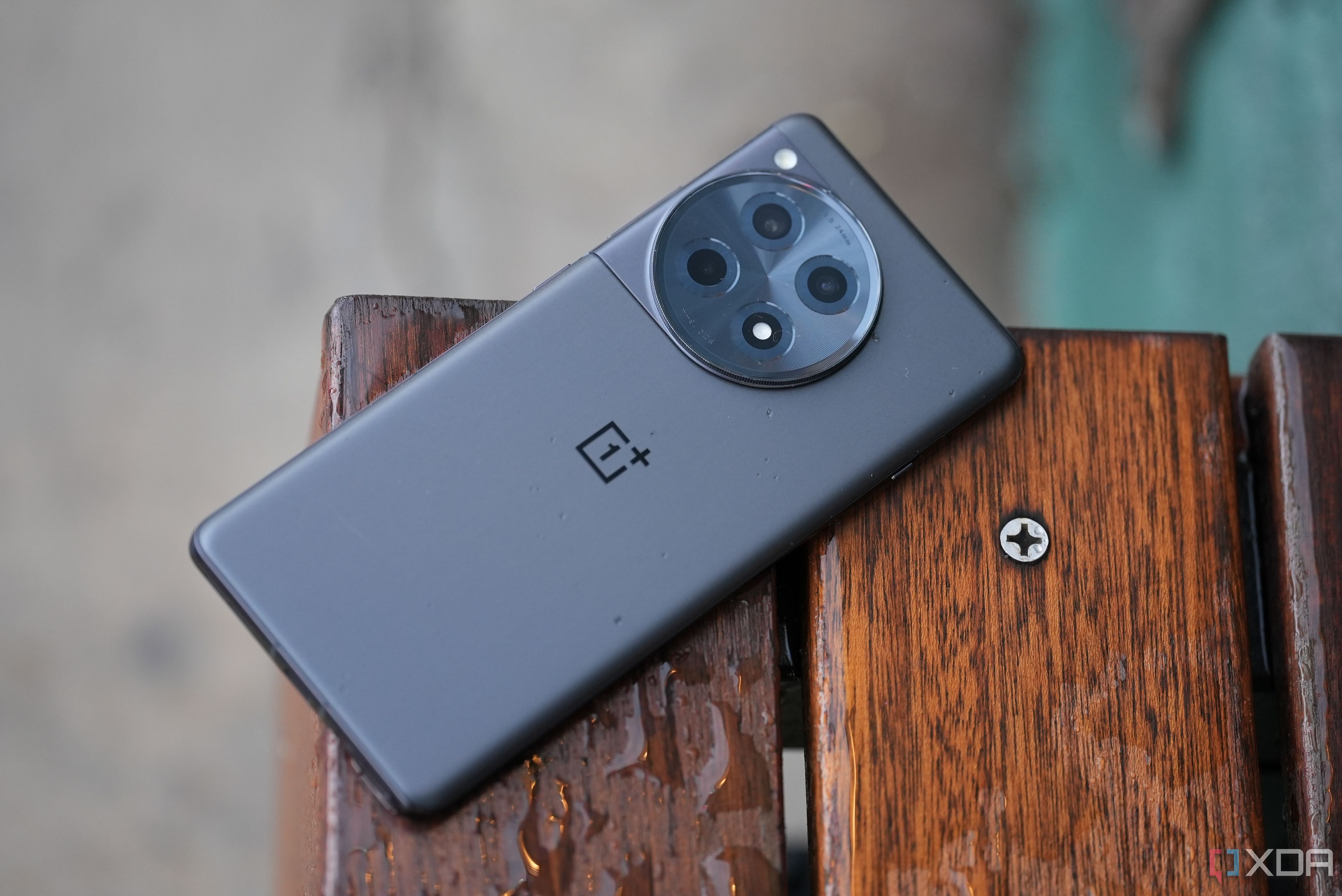
Related
OnePlus 12R review: Best value phone in America right now
The OnePlus 12R is a $500 phone that can be easily had for $400, and it offers flagship display, large battery and near-flagship processor too
2:23
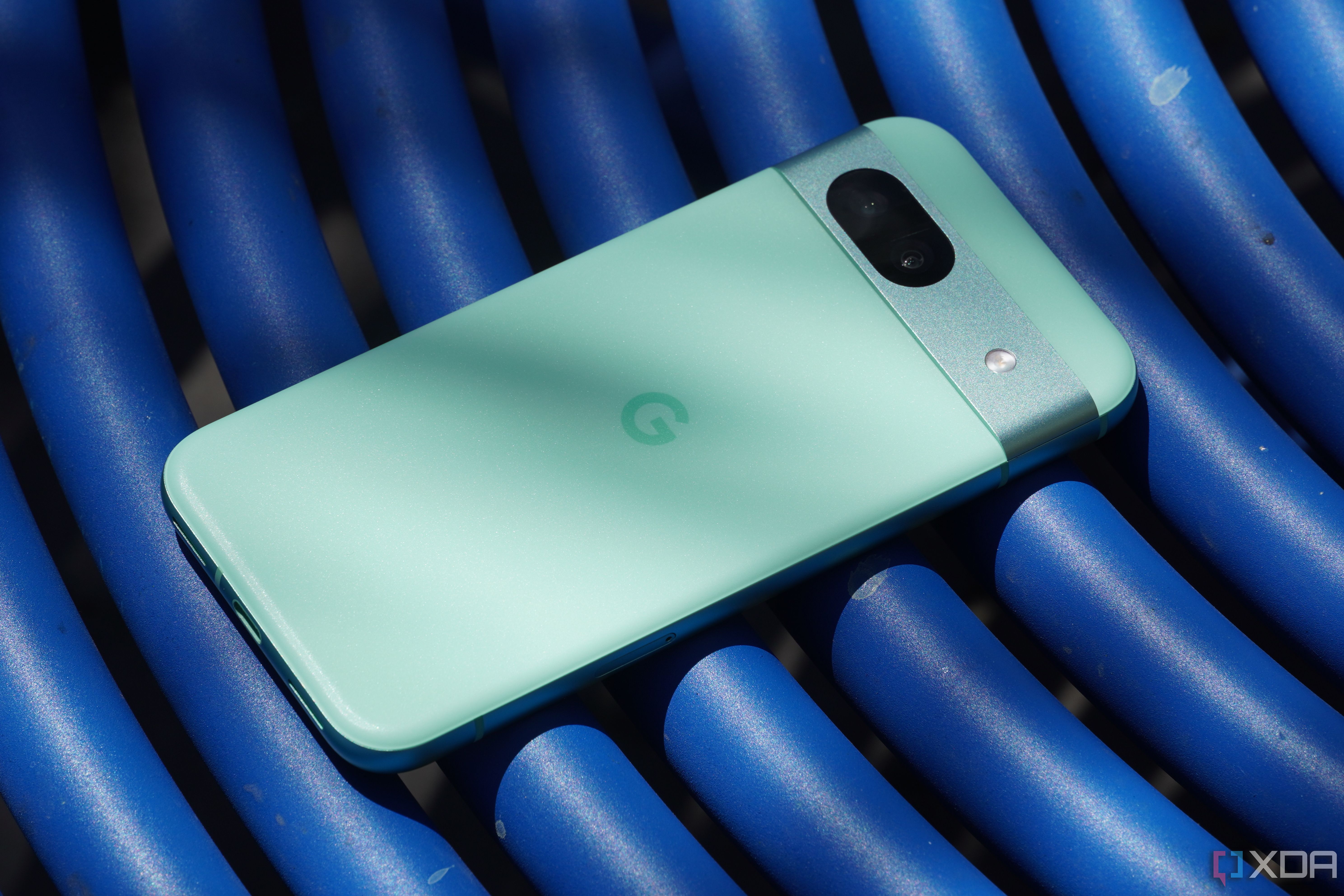
Related
Google Pixel 8a review: A great mid-ranger with Google’s best AI tools for half the price
Google made the Pixel 8 and Pixel 8 Pro the first real “AI smartphones,” and that now extends to the $500 Pixel 8a.
Design and display
There’s something for everyone here
The design will be a deciding factor in whether you choose one of these phones over another, and it’ll be a subjective choice based on your personal preferences. The Pixel 8a is great for people who like small phones, as it features a 6.1-inch display that’s tiny by 2024 standards. The OnePlus 12R and Galaxy S24 FE are both larger, with screens measuring about 6.7 inches, but each of them have noticeable flaws.
Of the lot, the Pixel 8a has my favorite design. It’s extremely lightweight, weighing just 188 grams, in part thanks to a matte plastic back. That feature paired with the aluminum rails and a compact form factor make the Pixel 8a one of the most comfortable phones I’ve used all year. Additionally, I like the color options Google offers the most compared to OnePlus’ and Samsung’s offerings.
The edges of the OnePlus 12R (left) and the Galaxy S24 FE (right).
Here’s where things get tricky: neither the Galaxy S24 FE nor the OnePlus 12R has a perfect design, even if you like 6.7-inch phones. The OnePlus 12R has a back panel and front glass that slope into the main part of the phone’s chassis. It makes the phone feel easier to hold than a phone of this size should, but the curved display feels annoying and dated in 2024. Meanwhile, the Galaxy S24 FE and its rectangular, boxy design feels quite uncomfortable to hold. The form factor feels too wide to fit nicely in my hand, and the chamfered aluminum rails are so subtle that the edges still feel sharp.
I can’t tell you which design you will prefer, but I can say that the designs of each of these phones couldn’t be more different. That should make choosing between them easy if you know what you like and dislike in a phone.
The screen on the Samsung Galaxy S24 FE at full brightness.
All of these displays look great for the price, but the OnePlus 12R sets itself apart by providing a true flagship-caliber panel. It’s a 6.7-inch AMOLED panel with a 120Hz refresh rate, and more importantly, a peak brightness of 4,500 nits. Now, that figure is mostly marketing speak, and you probably won’t hit it in daily use. But looking at the OnePlus 12R side-by-side with the Pixel 8a and the Galaxy S24 FE, it’s clear that OnePlus has the brightest midranger. As someone who hates squinting at my phone outdoors, this is a key perk for me.
Again, that’s not to say the Pixel 8a or Galaxy S24 FE are bad. They’re both more than servicable, and each pack OLED displays with 120Hz refresh rates. OnePlus is clearly ahead here, though. You’ll just have to live with that wonky curved panel.
Winner: Tie
Performance and software
The OnePlus 12R has the better chip, but the Pixel and Galaxy have better software
Software and performance are a mixed bag for this trio of smartphones. The OnePlus 12R has a last-gen chipset, but it’s Qualcomm’s Snapdragon 8 Gen 2 system-on-a-chip. That’s still a fantastic and powerful chip that can beat the Exynos and Tensor chips in the Galaxy S24 FE and the Pixel 8a, respectively. With that being said, the Galaxy and Pixel phones still felt snappy in daily use and handled everything I threw at them with ease.
However, I think software will be the deciding factor for most people. I can’t stand One UI and its bloat, duplicate apps, and software features that I find to be generally bad. For example, I couldn’t get through my Galaxy S24 FE review period without replacing the Samsung Keyboard with Gboard. There were so many errors, so much lag, and too many bugs. That sums up my experience with One UI, whether I’m using it on a midranger like the Galaxy S24FE or a flagship like the Samsung Galaxy Z Fold 6.
I’m also aware that many prospective smartphone buyers feel the same way about OnePlus and OxygenOS 14, which is a heavily-skinned version of Android 14. Perhaps the most neutral software experience comes with the Pixel 8a, as that phone ships with the Pixel Launcher. It’s good, and simple, though it’s far from “stock Android” these days. My pick for software would be the Pixel 8a, performance the OnePlus 12R, and AI features either the Pixel 8a or the Galaxy S24.
Magic Editor removing an object from a photo with AI using the Pixel 8a.
A lot of this is subjective, so let’s bring in an objective fact: Samsung and Google have pledged to give the Galaxy S24 FE and the Pixel 8a seven years of full OS upgrades. For longevity and resale values, those two phones have no competition at this price point.
Winner: Samsung and Google
Cameras
I love that OnePlus and Samsung give me a telephoto lens
After making the iPhone 15 Pro Max my daily driver for a year, I decided I would never buy a phone without a telephoto lens. The optical zoom is a vital part of my mobile photography needs, and luckily, you get a telephoto lens with the Galaxy S24 FE. Samsung offers an 8 MP, f/2.4 telephoto shooter with 3x optical zoom, and it’s excellent. In the image gallery below, I used the telephoto lens on my Galaxy S24 FE to snap a picture of a snake I saw during a hike, without getting too close for comfort.
The following photos were captured with the Samsung Galaxy S24 FE:
The Galaxy S24 FE’s main sensor is a 50MP, f/1.8 lens, and that’s paired with a 12MP ultrawide. Samsung’s computational photography and image processing are both relatively unimpressive, but the hardware is solid at this price point.
The following photos were captured with the Google Pixel 8a:
The biggest knock against the Pixel 8a’s camera system is that it uses the same main sensor as the Pixel 7a. If you’re buying a phone for the camera system and like the Pixel 8a, I’d recommend you explore the cheaper Pixel 7a instead. However, the 64MP, f/1.89 main sensor is still excellent, and you get a 13MP ultrawide as well. Plus, Google’s computational photography and software are best-in-class, and the colors in photos captured with the Pixel 8a popped more than those taken with any of the other midrangers in this test.
The following photos were captured with the OnePlus 12R:
Finally, there’s the OnePlus 12R, which has a triple-camera system just like the Galaxy S24 FE. Unfortunately, that third camera is a 2MP macro, and it’s basically useless. You have the main 50MP, f/1.8 shooter and an 8MP, f/2.2 ultrawide. As you can see, photos taken with the OnePlus 12R turned out pretty good for a $500 phone. I do think I prefer the Galaxy S24 FE and Pixel 8a for mobile photography, though.
Winner: Tie
This is the phone I’d buy
Three phones entered this showdown, but there can only be one winner
From left to right: The Google Pixel 8a, Samsung Galaxy S24 FE, and OnePlus 12R.
Although there are key perks that come with choosing the Pixel 8a and Galaxy S24 FE, the OnePlus 12R is the phone I’d buy. The display is beautiful and bright, and it has the hardware that feels most akin to a flagship. While the software support isn’t there compared to the other two devices, I’m content with paying $500 and getting a few great years out of the OnePlus 12R.

My pick
OnePlus 12R
The OnePlus 12R, at $500 or less, has the specs to beat or match the $650 Samsung Galaxy S24 FE. Brightness and display quality are two areas I really care about, and OnePlus gets this right. Add in the Snapdragon processor and fast charging speed, and I think the OnePlus 12R deserves the victory here.
The Pixel 8a is a close runner-up if you like a small phone, or like Google’s computational photography. Similarly, you can’t go wrong with the Galaxy S24 FE if you have $150 more to spend. It’s simply hard to recommend the Galaxy S24 FE over the OnePlus 12R, especially when you can get the latter for well under $500. But for those who care about One UI, Galaxy AI, and optical zoom, I could absolutely see why you’d want the Galaxy S24 FE.
-

Compact alternative
Google Pixel 8a
There are still reasons to pick up a Google Pixel 8a. Those who want a compact midranger, Pixel Launcher, or lengthy software support will appreciate the Pixel 8a.
-
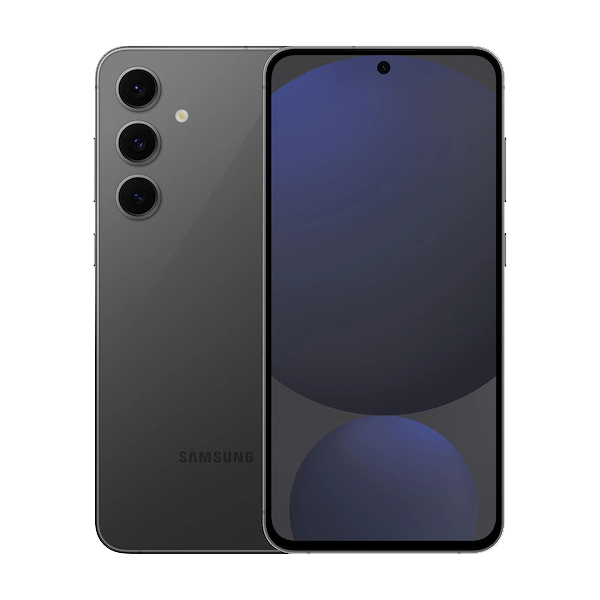
Good alternative
Samsung Galaxy S24 FE
People who like the modern fit and finish of the Galaxy S24 FE might prefer it over the OnePlus 12R. It also has One UI, which is a must for some Android users, and a seven-year update promise.

